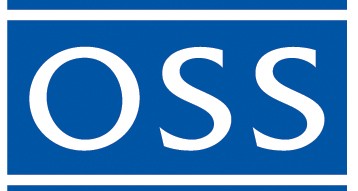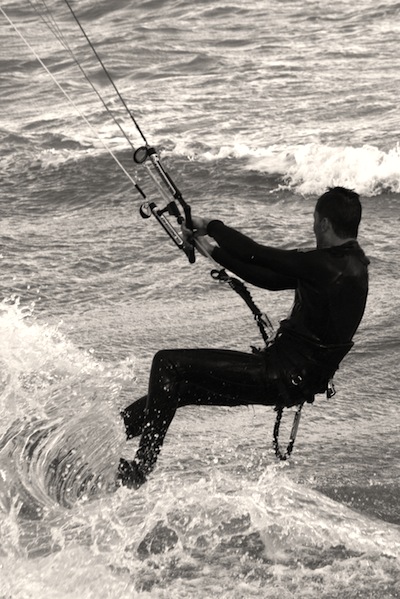Try this experiment. On your dominant arm, take a piece of masking tape and strap your thumb to the side of your hand. Then leave it in place for a few hours as you try to go about your normal activities. You will soon find out just how integral this appendage is to getting through the day. Answering your cell phone, grabbing the coffee creamer from the refrigerator, turning the key to unlock the front door, are all activities that depend on proper functioning of your thumb.
Recreational activities such as golf or tennis – forget it. Now, if you have arthritis in the thumb joints, then this experiment does not end after only a few hours. It keeps going until treated medically by a qualified hand surgeon.
Degenerative arthritis of the thumb is one of the most common types of hand arthritis. It usually strikes at the base of the thumb where it meets the wrist. This joint, known as the carpometacarpal (CMC) joint, is a highly mobile joint that allows motion in all directions. It is also the joint that allows for a strong pinching motion.
However, because of its wide range of mobility, the bones that comprise the CMC joint must give up some stability, similar to the shoulder joint. Because of this, the ligaments around the joint are forced to bear most of the burden of stabilizing the thumb during hand use, and if they are unable to do it effectively then the aberrant motion in the joint over time can contribute to arthritis.
Diagnosis
The bones of the body at the joint surfaces are covered with cartilage, a slippery coating that allows smooth motion at the joints. Arthritis is an inflammation and eventual wearing away of the cartilage, creating rougher surfaces and painful motion. In my practice, arthritis of the thumb is a common occurrence with a straightforward diagnosis. Palpation of the joint as the patient moves the thumb will often reveal the typical grinding sensation as if the joint surfaces were lined with sandpaper. There also may be an audible grinding sound known as crepitus. I may also order an X-ray to confirm the extent of the arthritis and determine the most effective treatment options. Other tests such as the CT scan or MRI are most often unnecessary.
Treatment
In the earlier stages of the disease process, this type of arthritis is usually treated with anti-inflammatory medication. This is often successful for months to years, allowing the individual to fully use the hand at home and work. Thumb splinting may also be advantageous as it allows the thumb to rest in a neutral position where mechanical stress is at its least, which in turn may settle the inflammation.
However, arthritis is a generally a progressive condition and because the thumb is used so frequently and strenuously, the disease often progresses despite these measures. As more conservative treatments fail to provide adequate relief, I will attempt to reduce the joint inflammation with one or more cortisone injections to the affected joint.
In the later stages of arthritis, as more and more hand function is lost, surgical reconstruction is often the best course of action. Part of the diseased joint is removed and reconstructed using a tendon graft from another part of your body. Following surgery, you will have to wear a splint for several weeks to allow the surgical repair to strengthen. If your occupation depends upon heavy use of your hands, then you may need to be out of work during this time if you are not able to find restricted duty work.
It is important to factor this into your overall planning prior to surgery. After removal of the splint, occupational or physical therapy with a therapist who specializes in rehabilitation of the hand will be prescribed. This will help you regain strength and motion and allow you to fully utilize the thumb and hand.
If you believe you are suffering from degenerative arthritis of the thumb and need specialized orthopedic care, Orthopedic Specialists of Seattle has excellent treatment options available for you.


 Adventure and high-risk sports is thrilling and exciting. It’s a sport that attracts adventure enthusiasts like Richard Branson and the Secretary of State, John Kerry.
Adventure and high-risk sports is thrilling and exciting. It’s a sport that attracts adventure enthusiasts like Richard Branson and the Secretary of State, John Kerry.